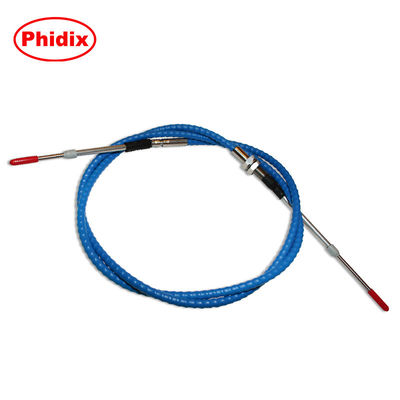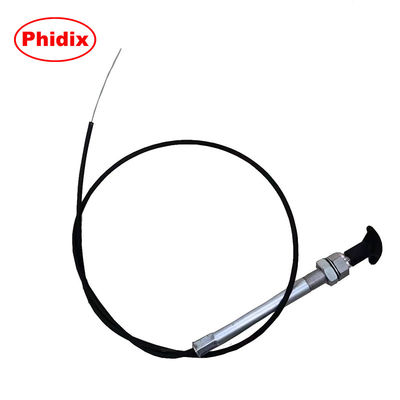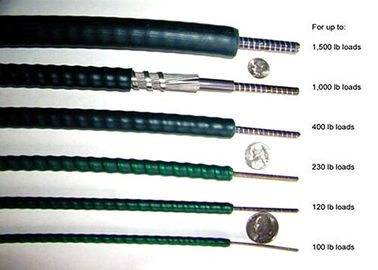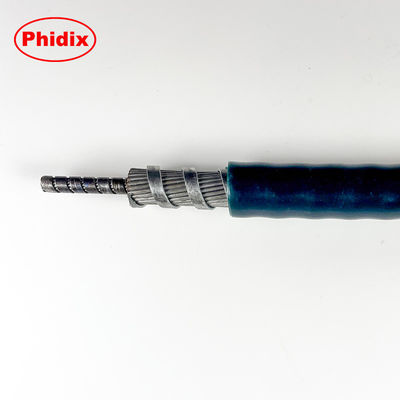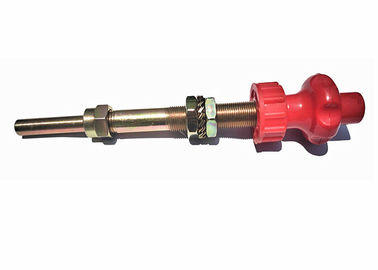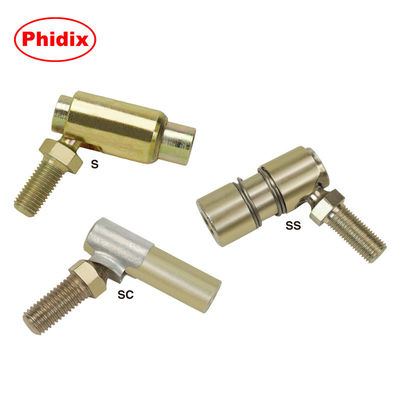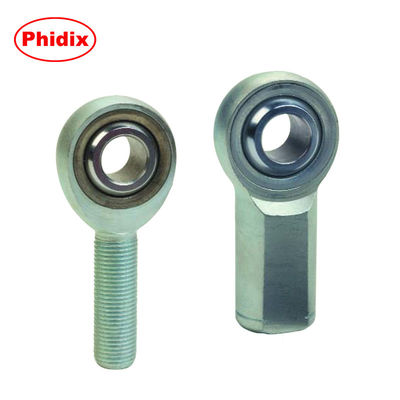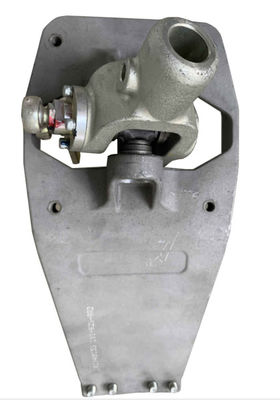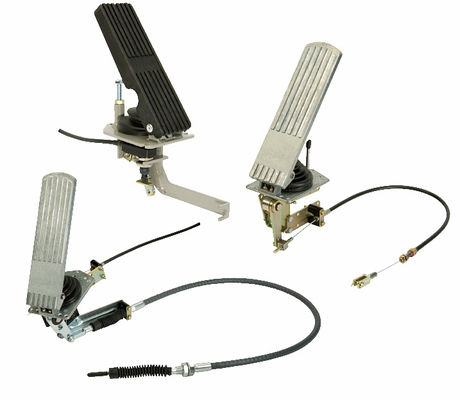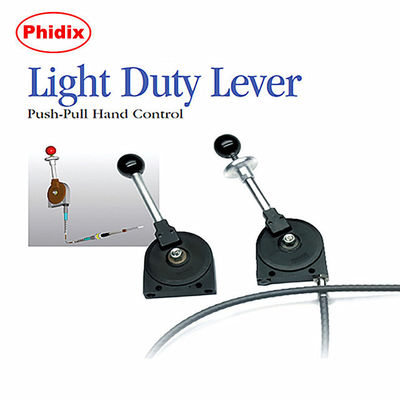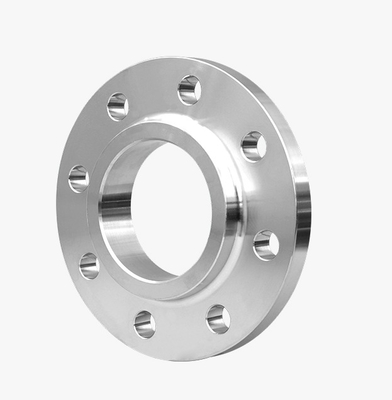In today’s precision-driven industries, standard cable assemblies often fall short when it comes to routing complexity, environmental exposure, and performance consistency. That’s where custom control cables come in—especially for OEMs in automotive, marine, aerospace, and industrial sectors.
This article walks you through how to align your design requirements with the right cable structure, material, and termination options.
By gaining deep insights into these custom elements, OEMs can unlock hidden advantages for their systems, ensuring outstanding performance, reliability, and cost-effectiveness.
Why Leading OEMs Choose Custom Mechanical Cable Assemblies
Exact Fit: Engineered to meet precise space, routing, and motion constraints.
Application-Matched: Tuned for friction control, load transfer, corrosion resistance, and flex cycles.
Cost-Efficient: Prevents overdesign and reduces failure-related downtime.By achieving precise matching, unnecessary material waste and performance redundancy are avoided, reducing long-term operational costs and maintenance risks from the outset.
Design Confidence: Collaborate directly with engineers from prototype to production.
Phidix delivers platform-specific cable systems across diverse industries — from aviation-grade PTFE-lined push-pull cables like Blue Max, to marine-grade throttle cables and compact solid-core inner wires for motorcycles and small engines. Each solution is designed around your unique performance envelope, rather than forcing standard parts into complex assemblies.
Key Elements of a Custom Control Cable
1. Cable Core Type
• Choosing the right inner wire core dramatically impacts push/pull efficiency and bend flexibility.
• Structure Selection Guide: See how 1x7, 7x7, 1x19, 7x19, and solid cores perform in different applications.
• Low-Friction Cable Core Options: Understand when PTFE coating or stainless material is essential.
2. Outer Conduit / Jacket
• Your jacket design influences environmental resistance and stiffness.
• Marine and chemical exposure? Use HDPE or stainless braid-reinforced conduit.
• Compact routing? Opt for thin-wall PTFE-lined sheaths.
• Related: Manufacturing Capabilities of Outer Cable Assemblies
3. End Fittings
• End terminals ensure fitment with actuators, levers, or interface parts.
• Common options: clevis, ball stud, threaded rod, bulkhead anchors
• Custom machining available for low-profile or sealed interfaces
• View Cable-End Fitting Options for Aerospace Systems
Industry Applications & Matching Structures
|
Industry
|
Customization Focus
|
Typical Cable Types
|
|
Automotive
|
Temperature range, actuation precision
|
1x19 PTFE core + LDPE jacket
|
|
Marine
|
Corrosion resistance, steering control
|
7x7 or 7x19 SUS 316L + sealed ends
|
|
Aerospace
|
Vibration + temp. extremes, minimal bend space
|
Blue Max with compact core + PTFE lining3
|
|
Heavy Equipment
|
Shock absorption, long travel lengths
|
1x7 solid or hybrid core with heavy-duty armor
|
Prototyping & Support Services
• Sample assemblies with matching end connections
• CAD & drawing services for integration validation
• Batch-to-mass production scalability with IATF 16949 compliance
Let’s Design It Together
Every application has its own mechanical DNA. The right control cable can become a hidden advantage in the system.
Need help choosing or customizing a control cable structure?
Send us your layout or application sketch, and our engineers will get back with:
• Recommended cable core + outer structure
• End fitting options
• Sample lead time

 Your message must be between 20-3,000 characters!
Your message must be between 20-3,000 characters! Please check your E-mail!
Please check your E-mail!  Your message must be between 20-3,000 characters!
Your message must be between 20-3,000 characters! Please check your E-mail!
Please check your E-mail! 
